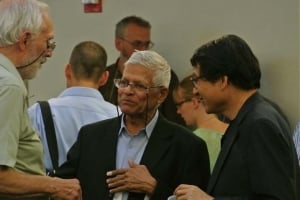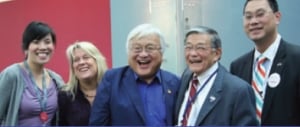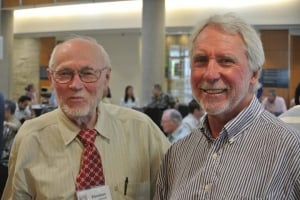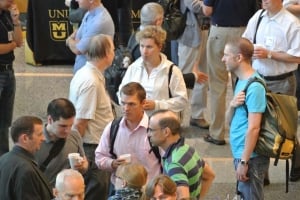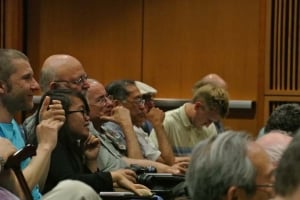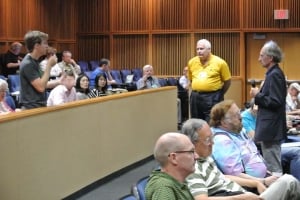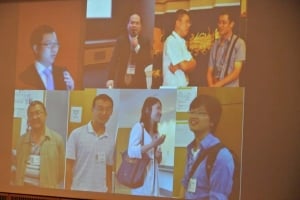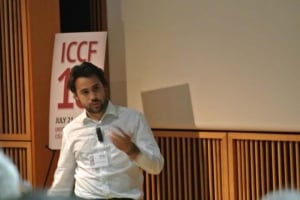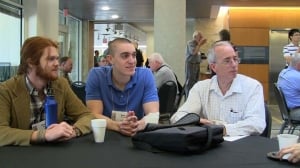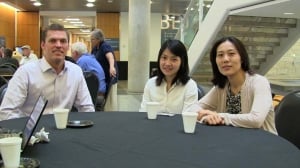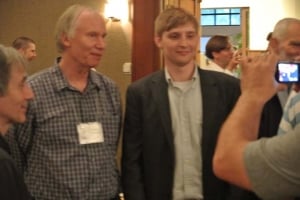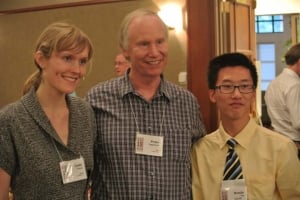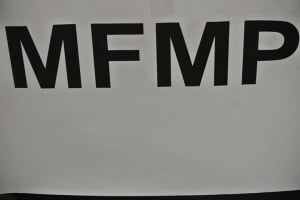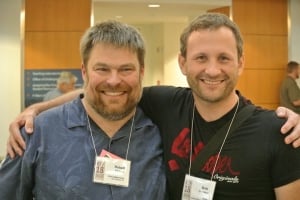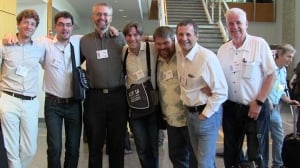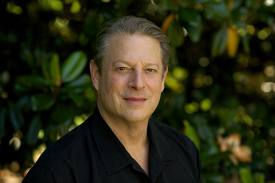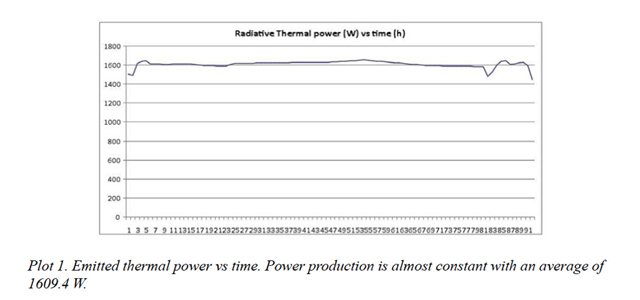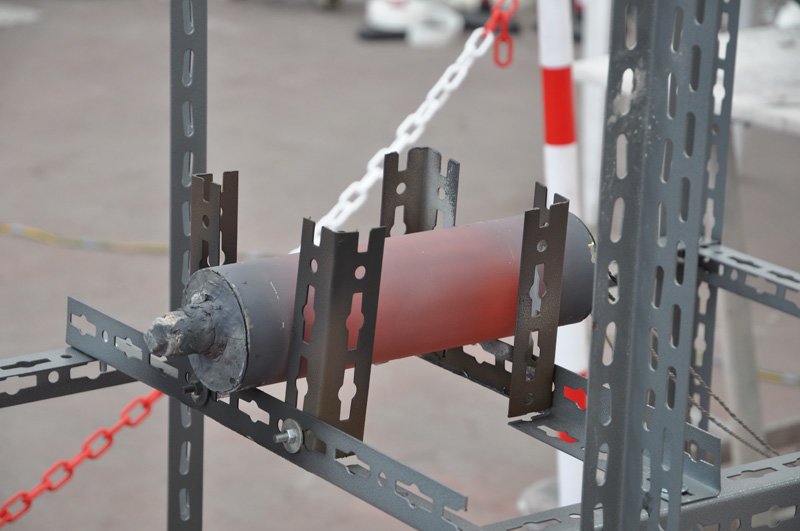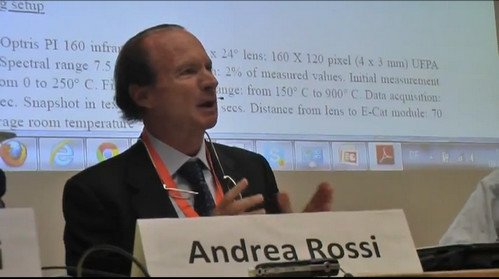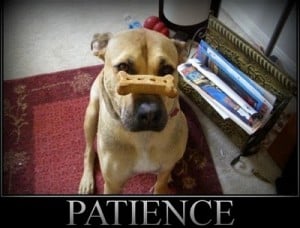 Having just wrapped up the week long 18th International Conference on Cold Fusion, some post thoughts and take-aways are beginning to form, and likely will continue in the days to come, as the decompression from the conference and related travel begin to take shape.
Having just wrapped up the week long 18th International Conference on Cold Fusion, some post thoughts and take-aways are beginning to form, and likely will continue in the days to come, as the decompression from the conference and related travel begin to take shape.
The Hours, Long.
The conference itself was excellent, though in actual execution it was rather brutal. Peter Hagelstein told me it reminded him of a conference in the early 2000’s where after all was said and done he settled in for a full 24 hour sleep. This conference had many of the attendees feeling the same way.
For myself and Ruby, after the 8am to 6 or 7pm lectures and presentations would conclude, it was a quick stop into town for some food and then back to the university dorm room (where most of the attendees stayed) for a complete write up on the days events while downloading photos and video, and transferring over numerous 32gig chips to hard drives. We’d usually wrap up a little before 1 am, then set the alarm for 6 to fix typos and finish up any transfers, before the presentations began at 8am.
Seeing as no one else was doing this, covering the event that is, it became a must do moral imperative that fueled us forward. The television program 60 minutes was apparently there for part of one day and I think there was an AP reporter sitting in front of me during some of the lectures, but most of the time I noticed he was on his laptop looking at Facebook.
There was also a filmmaker named Ken Fox who had attended a previous conference and was working diligently on his own Cold Fusion documentary. We hung out and shared ideas, technical and otherwise. Great guy.
But as far as the day to day coverage went with nightly publishing, ColdFusionNow.org was pretty much it.
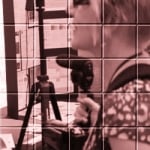
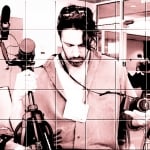
The Power of Gathering.
“Human relationships always help us to carry on because they always presuppose further developments, a future — and also because we live as if our only task was precisely to have relationships with other people.” — Albert Camus
What was evident at this conference was the power of gathering. The enthusiasm among the scientists, researchers and attendees was strong. One night we simply selected numerous photos from the day and made them the majority of the post in an attempt to convey the excitement present in the air. While one criticism came in on the lack of coverage for that day, someone else did get what we were visually trying to reveal. I posted it to our Facebook page and this was one of the responses that summed it up nicely:
I was just looking through some ICCF-18 “day three” pics from coldfusionnow.org If you have any confidence in reading body language and facial expressions as an indicator, you would probably agree that the conference and more importantly, it’s content are being received with “warm regards”… https://coldfusionnow.org/iccf-18-day-3-photos/
A leading scientist in the field told me during one of the breaks that the most exciting part of the conference was not actually so much the lectures, but rather the “behind the scenes” activity going on. Many exchanges on experiments and other aspects took place, and some of the information exchanged by presenters was not included in their lectures.
On top of it all was the simple act of friends from across the globe coming together, seeing one another, hanging out, laughing, smiling, socializing, philosophizing and reminiscing. While the same elements of any annual conference on any subject would take place, this being the subject of Cold Fusion and the history this particular endeavor carries, there seems an extra importance in having these conferences and sharing comradery with one another.
THE YOUNG GUNS.
If there was one theme I noticed throughout, one element that according to others separated this conference from those in the past, it was clearly the talk about, The Young Guns.
Heavyweights Mike McKubre and Peter Hagelstein both personally commented how the presence of young people at this conference was astonishing and inspiring.
At Thursday night’s banquet, Peter had young men and women going up to him and requesting photographs. Peter said that his heart got yanked hard when he was being told by some of the young people how his work had really inspired them.
Others as well were surprised by the presence of youth. Many were encouraged by it, seeing as the leaders in the field are getting up there in years (McKubre is nearing 65, and considered the Young Gun of the remaining original ICCF group).
The Young Guns ranged from a high school student attending the conference with her dad (and was now re-considering variations on her experiments after listening to the lectures) to the extremely knowledgeable young men and women from the Sidney Kimmel Institute of Nuclear Renaissance (SKINR). I also met a 20 something guy named Nikita involved with analytical chemistry (pictured in the above top photo with Peter) who was part of the poster session presentations. He had incredible enthusiasm. At one point he stood beaming while carefully looking around the room. He then turned to me and said, “Yeah, these are my people…”
The Martin Fleischmann Memorial Project really made their presence known at this conference and they are definitely creating a pathway for young people to hop on board and get directly involved with Cold Fusion applications and experimentation. They provide a certain “cool” to this field while combining all the important elements from utilizing technology and the internet in relevant ways to taking direct, immediate actions to make things happen, all while backing it with strong and addicting enthusiasm. They made a HUGE mark at ICCF-18.
Overall, it was a long conference, and we agreed with many attendees who said they felt it was weeks and not days that had gone by. However the agreement was also that it was a very positive outcome and an excellent and very uplifting gathering.
The University of Missouri and Rob Duncan organized and put on a tight event that, while overwhelming in nature, was outstanding in outcome, with some very strong take-aways to push this field in the young and enthusiastic direction it needs to go.


